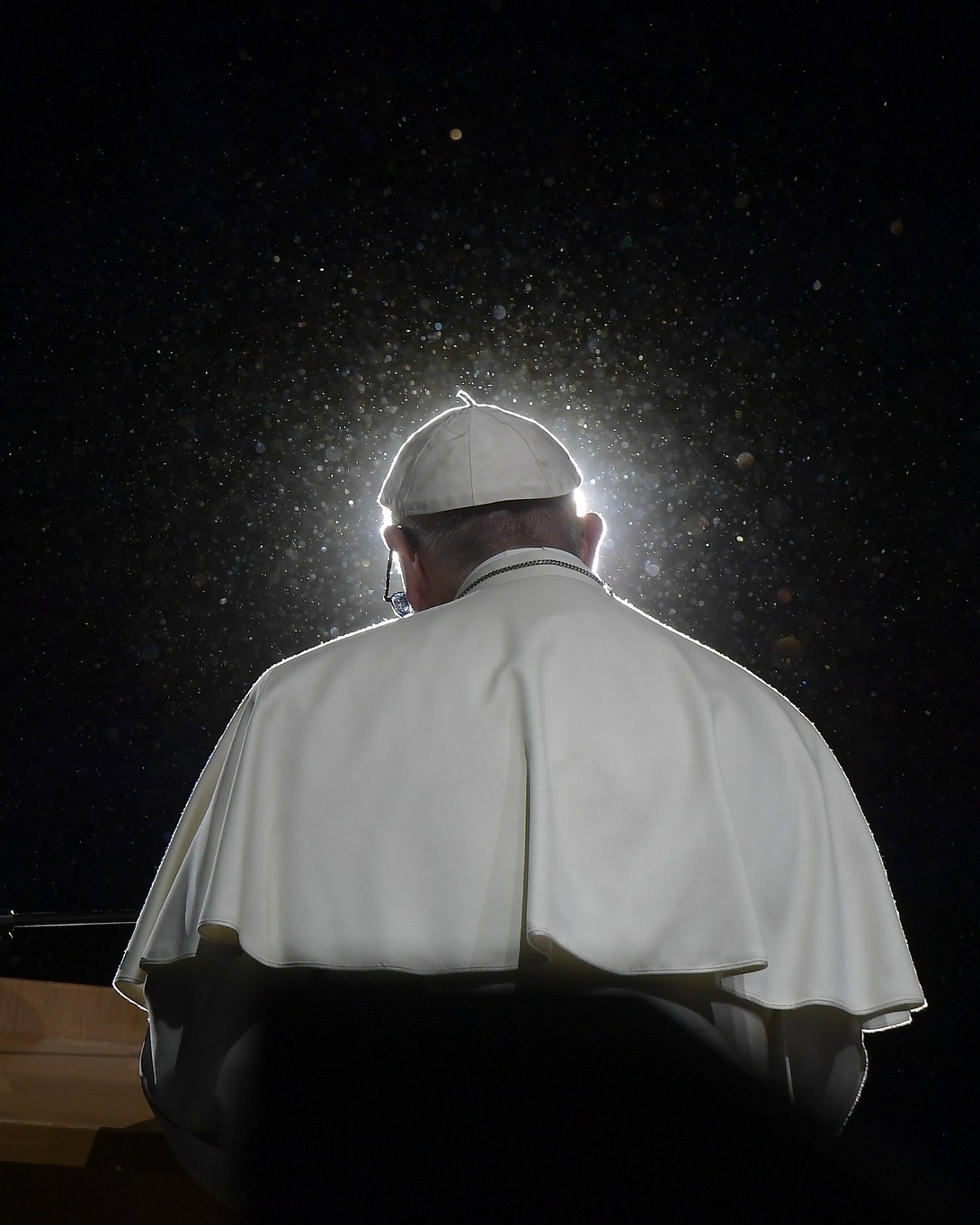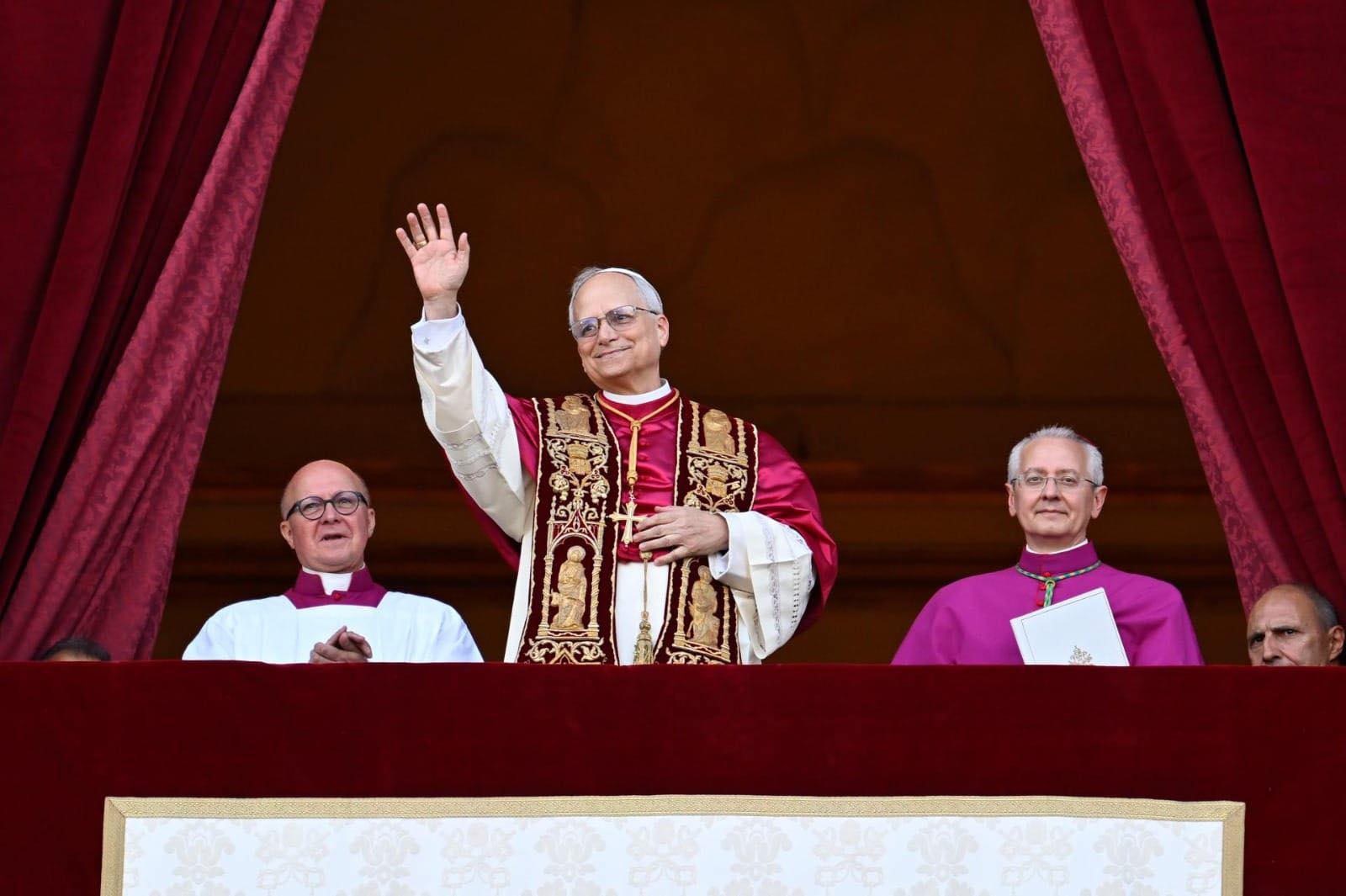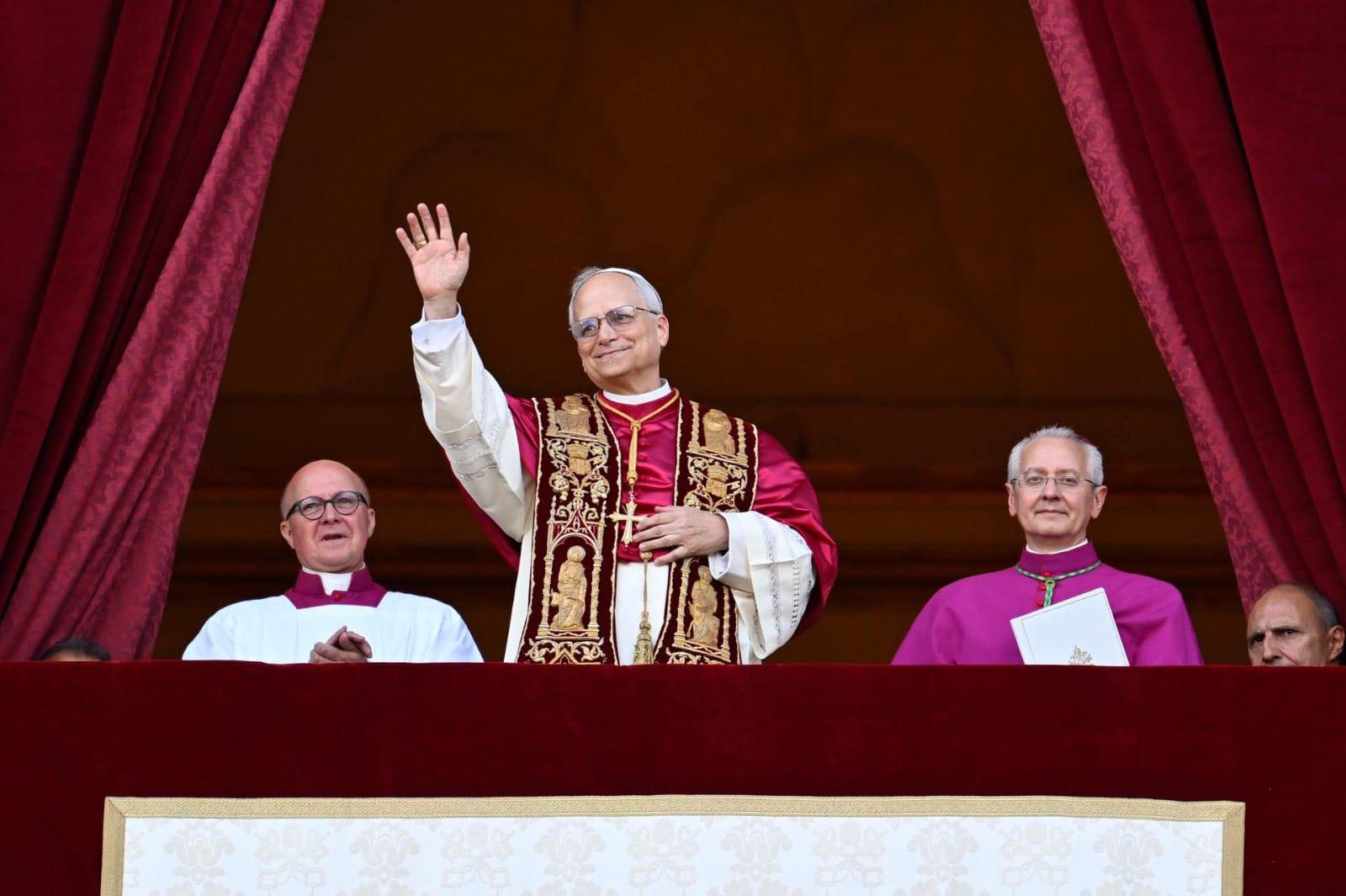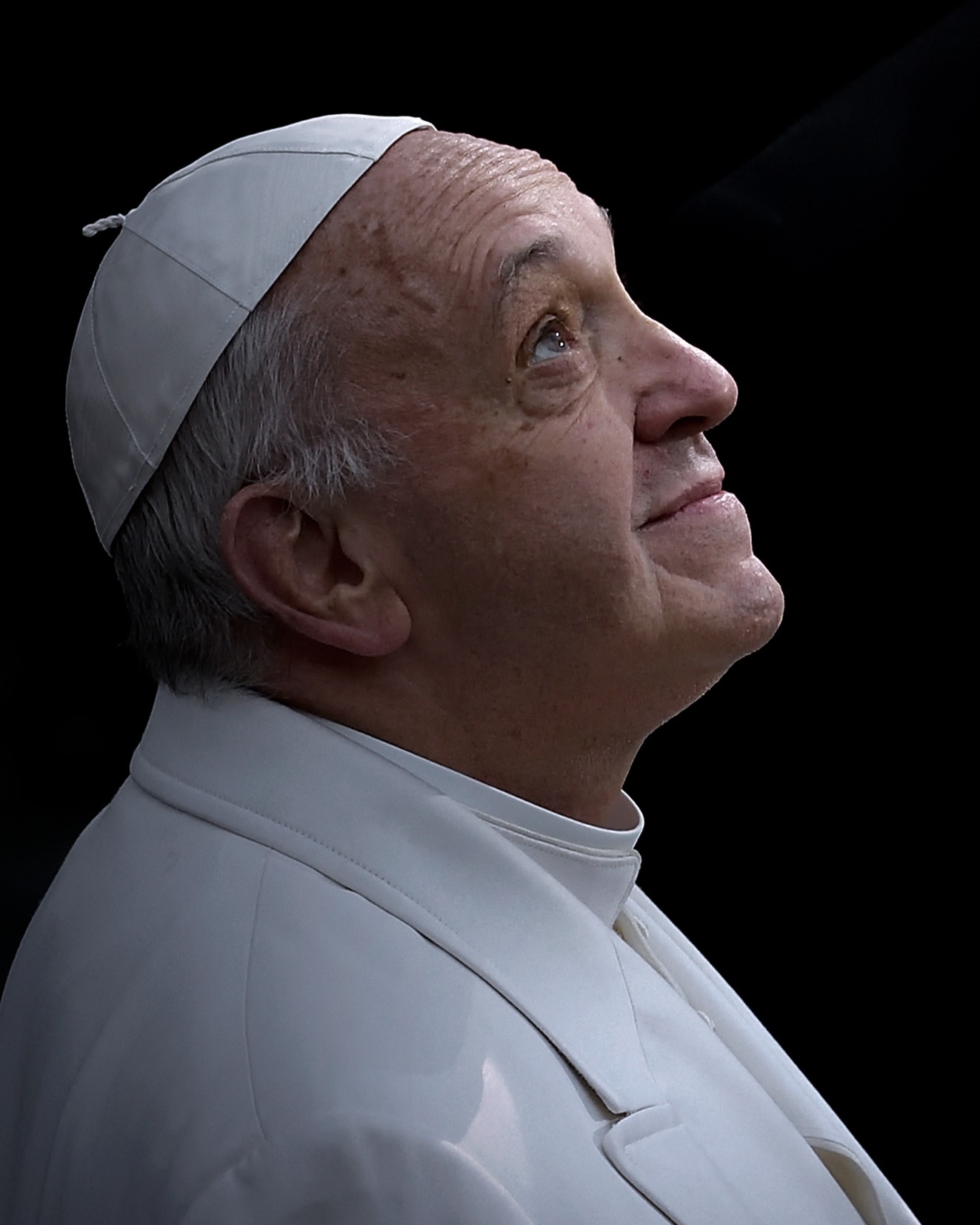Transition of Power: Rituals Following the Death of Pope Francis

Following the announcement of Pope Francis's death earlier today, the traditional rites marking the end of a papacy and the commencement of the process to elect his successor have begun.
According to established Roman Catholic Church protocols, the camerlengo, Cardinal Kevin Farrell, and three assistants will determine when Pope Francis's casket will be moved to St. Peter's Basilica for public viewing. In a symbolic act to prevent misuse, they will also shatter the late Pope's "Fisherman's Ring" and lead seal. Notably, no autopsy will be performed.
A nine-day mourning period will commence, during which the College of Cardinals will convene to set the date for the funeral and burial. While papal funerals typically occur in St. Peter's Square four to six days after death, Pope Francis had previously expressed his wish to be interred in Rome's St. Mary Major Basilica in a plain wooden casket, deviating from the tradition of burial in the crypt of St. Peter's Basilica.
During the interregnum, the period between popes, the College of Cardinals assumes responsibility for the daily operations of the Church, although their authority is limited, and much of the central administration is temporarily suspended.
The pivotal conclave to elect the new Pope is scheduled to begin in the Sistine Chapel within 15 to 20 days following Pope Francis's death. The exact start date will be determined by the assembled cardinals, who will remain sequestered within the Vatican for the duration of the election.
All cardinals under the age of 80 are eligible to participate in the secret ballot. A two-thirds plus one majority is required to elect a new Pope, potentially leading to multiple rounds of voting over several days. Once a candidate receives the necessary majority, they are asked if they accept the election and what papal name they will take.
The world will learn of the successful election of a new Pope through a traditional visual signal: white smoke emanating from the chimney of the Sistine Chapel, produced by burning the ballots with specific chemicals. Black smoke, created using different substances, indicates an inconclusive vote.
Finally, the dean of the College of Cardinals will step onto the central balcony of St. Peter's Basilica to announce "Habemus Papam" (We have a Pope). The newly elected Pope will then appear on the balcony to deliver his first blessing to the gathered multitude in St. Peter's Square.
SOURCE: REUTERS
Tags: Pope Francis Catholic Church Roman Catholics
Related
Share this article
Experienced and versatile writer, dedicated to using my exceptional writing and editing skills to inform and advocate. My work focuses on educating and entertaining readers on a range of topics, with a particular expertise in matters of disability.
View articles

